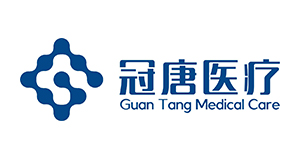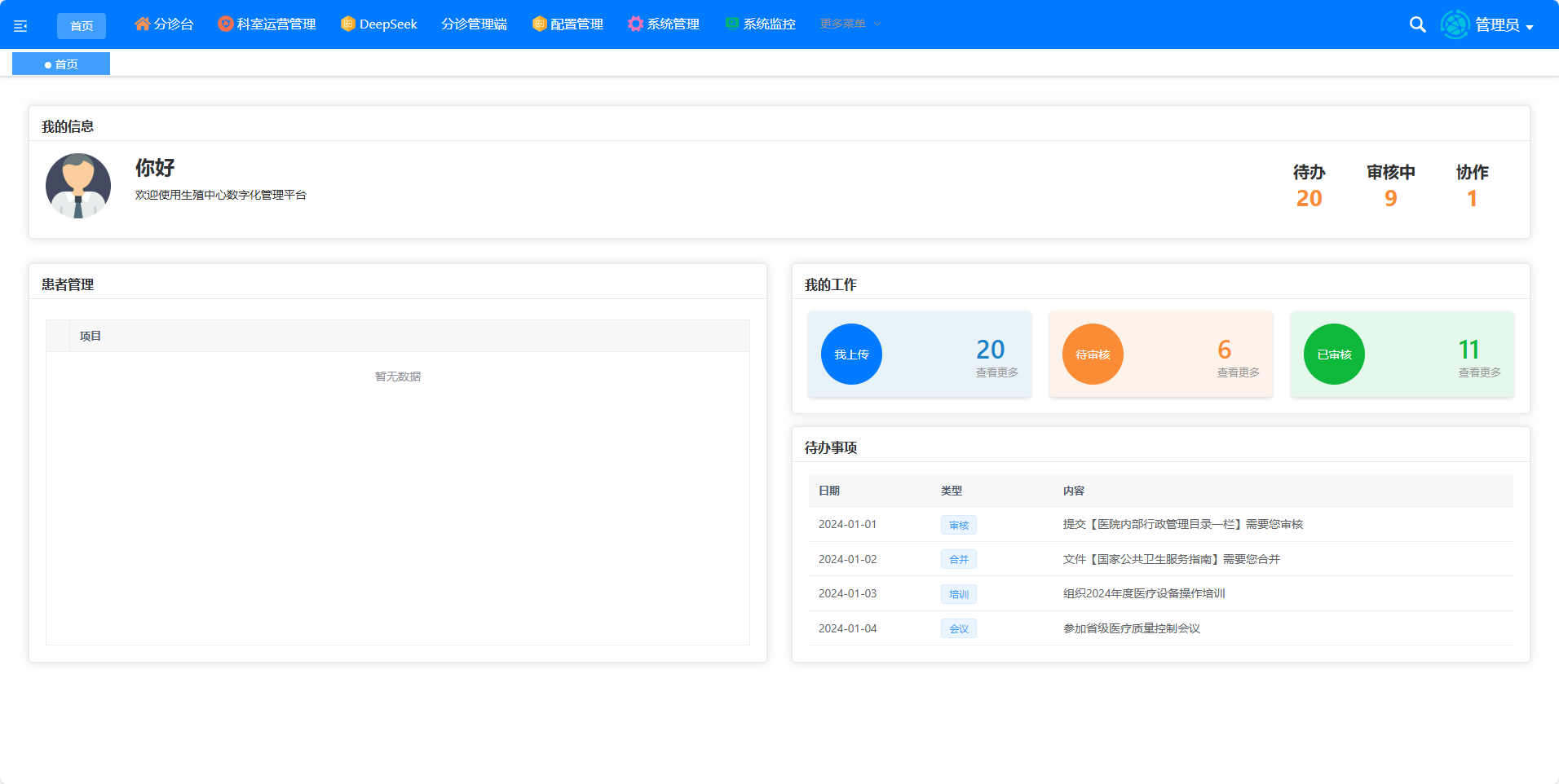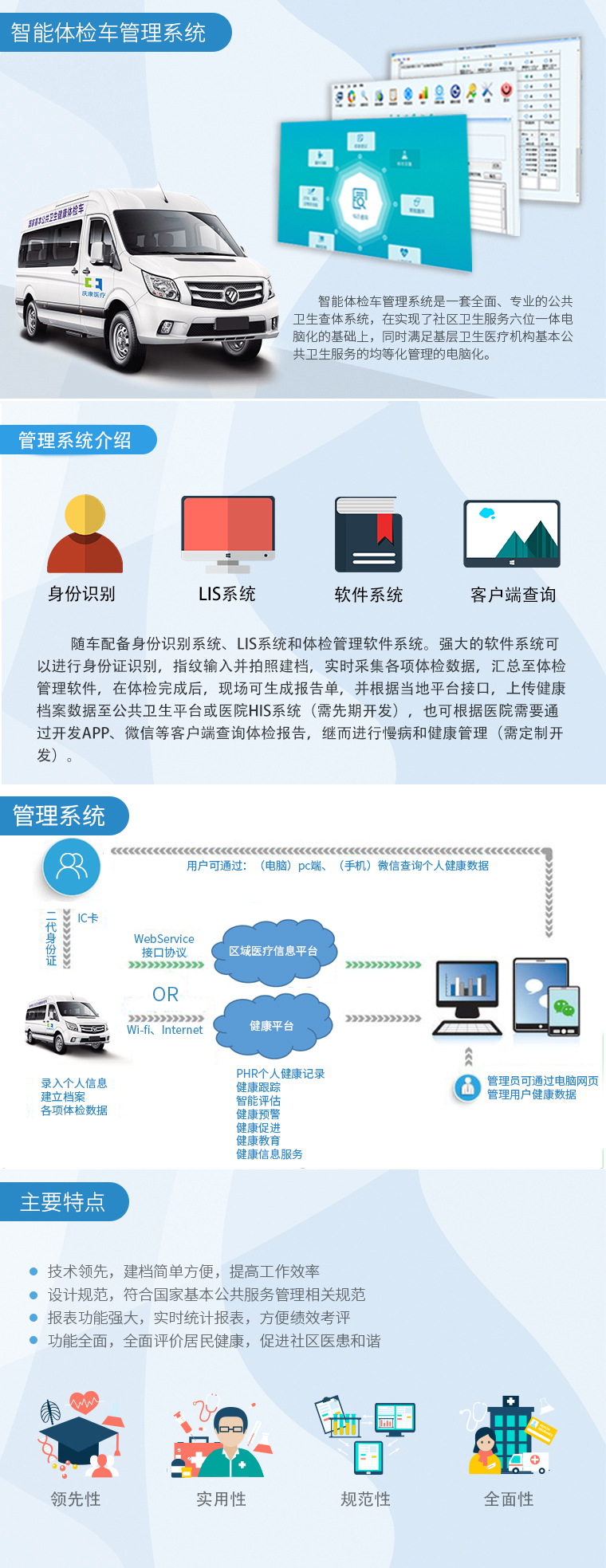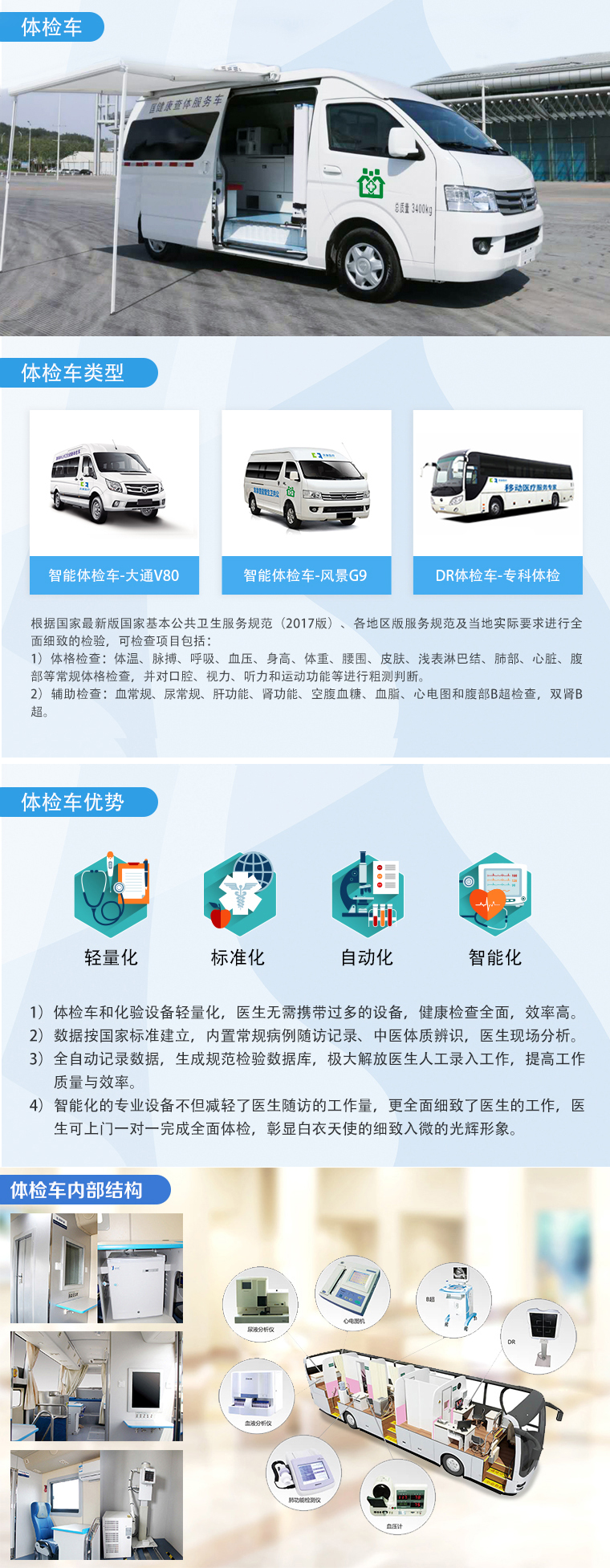实施案例
产品推荐
新闻推荐
两癌筛查系统历史信息会保留多长时间?
- 2025-06-13
- http://www.guantangyiliao.com/ 原创
- 130
两癌筛查系统作为公共卫生服务体系的重要组成部分,其历史信息保留时长需兼顾医疗数据可追溯性、患者隐私保护及存储资源优化等多重需求。当前,我国尚未出台针对两癌筛查数据的统一保留期限标准,但可依据医疗卫生行业通用规范及地方实践进行综合判断。
As an important component of the public health service system, the two cancer screening systems need to consider multiple requirements such as medical data traceability, patient privacy protection, and storage resource optimization for the duration of historical information retention. At present, China has not yet established a unified retention period standard for two cancer screening data, but comprehensive judgments can be made based on the general norms of the medical and health industry and local practices.
政策法规框架是数据保留的核心依据。根据《医疗机构管理条例》及《电子病历应用管理规范(试行)》,医疗健康数据的保存年限不得低于15年,对于涉及公共卫生监测的筛查数据,部分地区要求延长至30年。例如,山东省卫健委发布的《妇女两癌检查项目实施方案》明确规定,筛查结果需与居民健康档案系统对接,实现长期动态管理。
The policy and regulatory framework is the core basis for data retention. According to the Regulations on the Administration of Medical Institutions and the Management Standards for Electronic Medical Record Applications (Trial), the retention period of medical and health data shall not be less than 15 years. For screening data related to public health monitoring, some regions require an extension to 30 years. For example, the Implementation Plan for Women's Two Cancer Screening Projects issued by the Shandong Provincial Health Commission clearly stipulates that screening results need to be integrated with the resident health record system to achieve long-term dynamic management.
技术实现方式影响数据存储周期。采用关系型数据库管理的筛查系统,历史数据通常通过分区存储或归档机制实现分级管理。以宫颈癌筛查为例,HPV检测结果、细胞学涂片影像等结构化数据可压缩存储,非活跃数据迁移至低成本存储介质,但逻辑上仍保持可访问状态。部分区域平台采用区块链技术,确保筛查记录不可篡改且可追溯,理论上可实现永久保存。
The implementation of technology affects the data storage cycle. The screening system using relational database management typically achieves hierarchical management of historical data through partition storage or archiving mechanisms. Taking cervical cancer screening as an example, structured data such as HPV test results and cytology smear images can be compressed and stored, while inactive data can be migrated to low-cost storage media, but logically remain accessible. Some regional platforms adopt blockchain technology to ensure that screening records are tamper proof and traceable, theoretically achieving permanent preservation.

隐私保护与伦理要求是数据保留的约束条件。依据《个人信息保护法》,筛查数据在达到保留期限后需进行匿名化处理或彻底销毁。实际操作中,系统会通过脱敏技术去除姓名、身份证号等直接标识符,仅保留年龄、筛查结果等必要信息用于统计分析。对于HIV阳性等敏感关联数据,部分地区实行专项加密管理,访问权限严格限定于授权医务人员。
Privacy protection and ethical requirements are constraints on data retention. According to the Personal Information Protection Law, screening data must be anonymized or completely destroyed after reaching the retention period. In actual operation, the system will remove direct identifiers such as name and ID number through desensitization technology, and only retain necessary information such as age and screening results for statistical analysis. For sensitive associated data such as HIV positivity, some regions implement special encryption management, and access permissions are strictly limited to authorized medical personnel.
区域实践差异体现管理精细化趋势。经济发达地区如长三角、珠三角,依托政务云平台实现筛查数据集中存储,保留周期普遍设定为20-25年,以支撑长期流行病学研究。而中西部地区受限于基础设施,多采用分级存储策略,活跃数据保留5年,历史数据转移至光盘库或磁带库,保留期限不低于15年。
Regional practice differences reflect the trend of refined management. Economically developed regions such as the Yangtze River Delta and Pearl River Delta rely on government cloud platforms to achieve centralized storage of screening data, with a retention period generally set at 20-25 years to support long-term epidemiological research. However, the central and western regions are limited by infrastructure and often adopt a tiered storage strategy. Active data is retained for 5 years, while historical data is transferred to CD or tape libraries with a retention period of no less than 15 years.
系统升级与数据迁移是延长保留周期的关键挑战。随着筛查技术迭代,如从巴氏涂片转向HPV基因分型检测,旧系统数据需与新平台兼容。部分省级平台采用HL7 FHIR标准构建互操作接口,确保历史数据在系统升级后仍可查询。
System upgrades and data migration are key challenges in extending retention periods. With the iteration of screening technology, such as shifting from Pap smear to HPV genotyping testing, the old system data needs to be compatible with the new platform. Some provincial platforms adopt the HL7 FHIR standard to build interoperability interfaces, ensuring that historical data can still be queried after system upgrades.
两癌筛查系统历史信息的保留时长需在法律合规、技术可行与伦理风险间寻求平衡。当前实践以15-30年为主流,未来随着数据生命周期管理技术的成熟,保留策略将向动态化、智能化方向发展,在保障公共卫生研究需求的同时,最大限度降低个人隐私泄露风险。
The retention period of historical information in two cancer screening systems needs to seek a balance between legal compliance, technical feasibility, and ethical risks. The current practice is dominated by 15-30 years. In the future, with the maturity of data lifecycle management technology, retention strategies will develop towards dynamic and intelligent directions, while ensuring the needs of public health research and minimizing the risk of personal privacy leakage.
本文由两癌筛查系统友情奉献.更多有关的知识请点击:http://www.guantangyiliao.com我们将会对您提出的疑问进行详细的解答,欢迎您登录网站留言.
This article is a friendly contribution from the occupational disease examination system For more information, please click: http://www.guantangyiliao.com We will provide detailed answers to your questions. You are welcome to log in to our website and leave a message.




